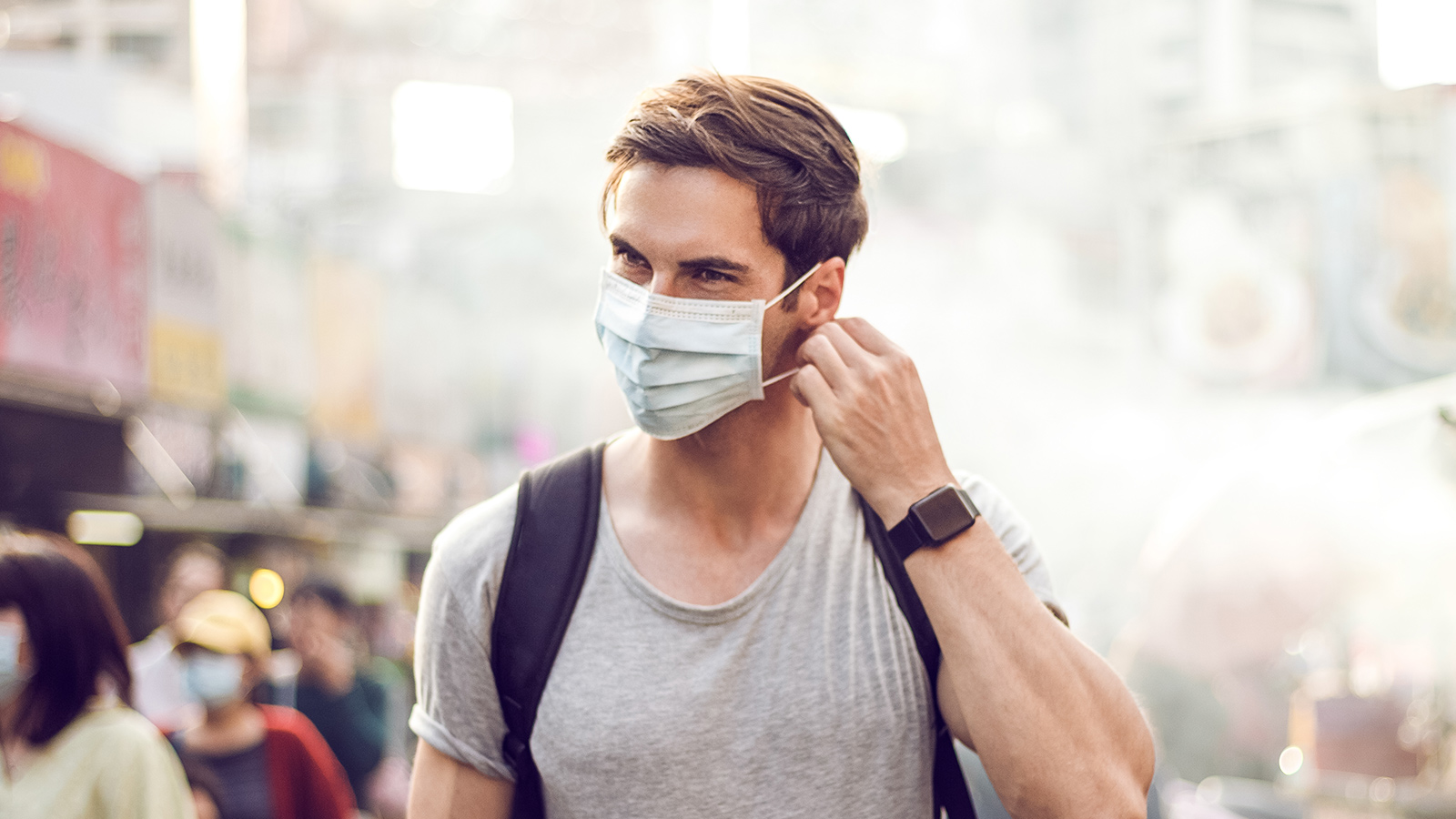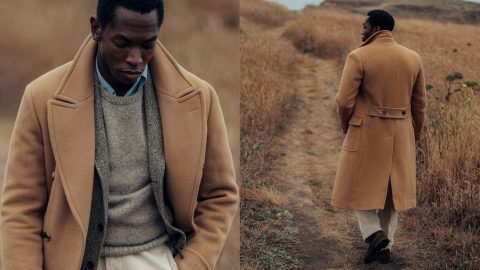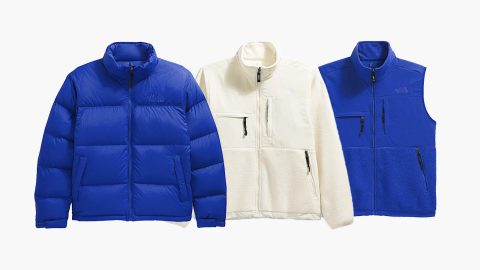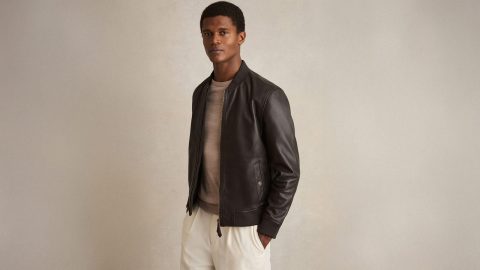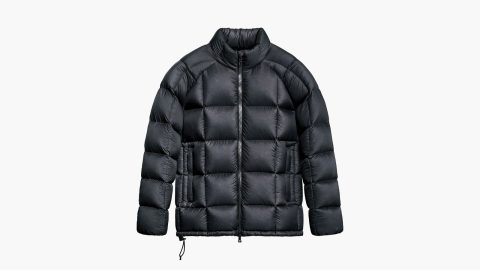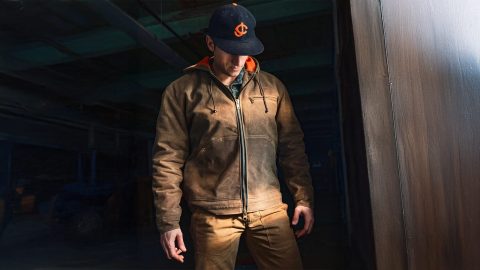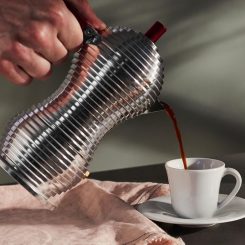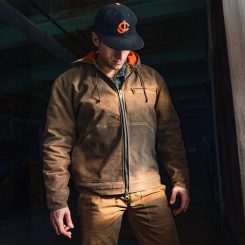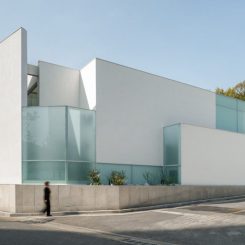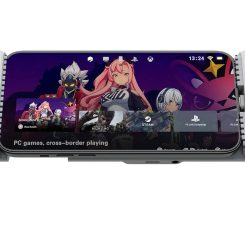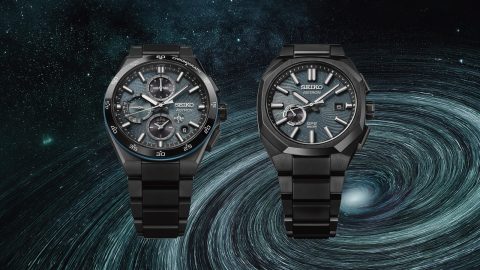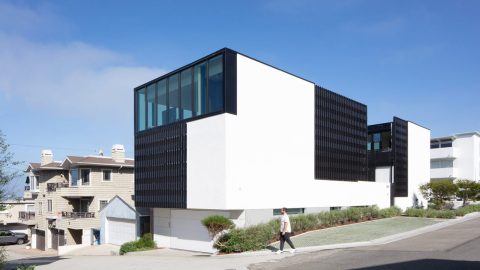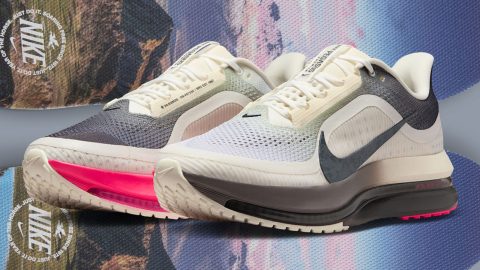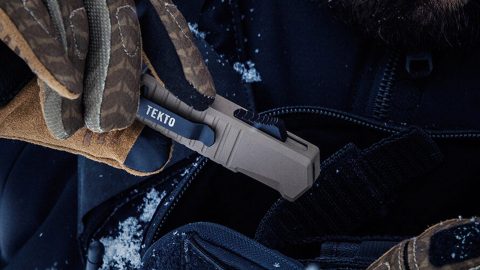Wearing face masks throughout East Asia is a common practice. A deep component of the cultural fabric, the practice of wearing surgical face coverings dates back to the early 20th century, when the Japanese adopted the habit as a protective measure during the influenza pandemic of 1918.
Shifts and Surges
Shifts and surges in various states of unease compelled the Japanese to wear their masks frequently through the years. The Great Kanto Earthquake in 1925 produced so much ash and smoke that it wasn’t possible to function without a mask. Then, when influenza struck again in 1934, the masks once again made an appearance.
Eventually, the mask became a ubiquitous accessory – not so much a tool designed merely to withstand pandemics, but also to wear as a common courtesy, to promote general hygiene, and to avoid potential symptoms due to exposure to cedar pollen, an allergen that developed as a result of air pollution following World War II. Because people faced similar pollution concerns throughout Korea and China, it wasn’t long before they, too, adopted the habit.
To say it was a big business was something of an understatement. It was unusual to spot East Asians without masks, and they were available in their many forms at every kiosk, boutique, convenience store, and packed tourist district imaginable. The bottom line: for those in public settings, it was preposterous to go unmasked.
Spirit of Community
In a part of the world where it’s considered polite to stifle a sneeze and subtly sniff instead, it only makes sense to wear a mask as a means of combating the dust mites and other pollutants that might otherwise affect comfort levels in public. That it has become a fixture during various pandemics over the years has been a convenient effect.
Wearing a mask wasn’t just part of the collective accepted etiquette, but a societal norm that contributed to the well-being of others.
But it was also collectively understood that face masks weren’t necessarily efficient in preventing diseases from spreading – bear in mind, for example, that surgeons wear masks to protect patients from their own germs. The same concept applied to masks, and it contributed to a sense of community and culture. Wearing a mask wasn’t just part of the collective accepted etiquette, but a societal norm that contributed to the well-being of others.
The Youth Factor
The shield eventually became something of a fashion statement, with designers vying to create the quirkiest, most colorful, and most enigmatic masks possible. It was all thanks to East Asian youth, who saw the face covering as something more than a piece of functional cloth. As much a way to ward off unwanted attention as to express oneself, masks were as essential to everyday ensembles as purses and wallets.
There was a sense of mystery involved with mask-wearing, too; it shrouded the face just enough to inspire curiosity.
There were a number of advantages expressed by the younger set to wearing face masks, such as minimizing the size of the face, concealing complexions that were free of makeup, and providing a sense of enduring comfort and warmth. Some saw it as a way to hide their feelings, or to avoid standing out for all of the wrong reasons. There was a sense of mystery involved with mask-wearing, too; it shrouded the face just enough to inspire curiosity.
Equally appealing, however, was its surge in popularity among well-known cultural icons, from celebrities to digital influencers. Indeed, incognito culture helped some of the better-known faces immerse themselves in the “real world” without fear of being recognized.
There was, of course, also the haute connection. Designer Yin Peng included face masks in his 2014 sportswear collection. Masha Ma delivered the luxury goods courtesy of Swarovski crystals, which she added to masks at Paris Fashion Week that same year.
She even joined other Chinese fashion designers, including Qiu Hao, Xander Zhou, and Shangguan Zhe, during Beijing Design Week 2014 to unveil a collection of limited-edition masks for Yooxygen. The collaborative and sustainable effort was introduced by Yoox, who donated the net proceeds to various environmental causes.
Unlike more clinical masks that merely served to safeguard the face, these were calls to high fashion that drew the curiosity and admiration of those with greater interest in how the accessory contributed to their everyday looks. They featured washable covers, a pair of filter masks, and decorative pouches – and they were game-changers from a design standpoint. Adorned with flowers and other eye-catching artwork, they added character, personality, and whimsy to an otherwise reliable and straightforward piece.
The New Breed
Despite its prevalence in Asia, it was a foreign concept in the western world – that is until the novel coronavirus emerged as a global threat. While initial guidelines suggested that wearing masks was not an effective tactic in combating the spread, public health officials eventually reversed this position and recommended that all individuals wear masks when out in public.
That there’s a certain stigma associated with face coverings is no secret, which may explain why not everyone has enthusiastically leapt aboard the mask express. But that hasn’t stopped designers from developing their own styles, largely in an effort to encourage frequent wearing in public and to contribute to a sense of community.
Whether there will be a widespread cultural shift that dominates the western landscape is questionable, but where public health is concerned it’s clear that wearing the mask has an enormous and proven impact on reducing transmission. In that same vein, it’s crucial to recognize that there’s no need to run out in search of an N95 mask that’s so vital to the healthcare community.
Mask Game Strong
What to wear? Try one of these options that are both affordably within reach and readily available to the general public.
DIOP: Do your part to support the greater good by purchasing a mask from DIOP. A portion of sales proceeds is donated to Feed the Frontlines, a Detroit-based initiative that supports area restaurants and delivers meals to local healthcare professionals. DIOP is transparent in its efforts to redirect proceeds to various other organizations that are committed to helping the vulnerable in Detroit, including meals for Sinai-Grace Hospital Detroit and the Michigan Artist Relief Fund.
Tylmen: The professional landscape undoubtedly looks a bit different right now – and may for the foreseeable future. Do your corporate wardrobe a favor and add a Tylmen Face Mask Pocket Square to your world. These stylish and colorful options are sold in an array of patterns, and with just a few quick turns transform into eye-popping pocket squares that add a little character to your suit.
Kenneth Cole: Simple and effortless, the Kenneth Cole Wear In This Together face covering is just as approachable and stylish as the rest of the designer’s collection. It’s subtle, yet makes a pronounced statement – and you can reverse it to solid black if you prefer to keep things low-key. More importantly, 10% of the net proceeds of this stretchy mask are donated to the Mental Health Coalition.
Hyperlite Mountain Gear: For those who savor the comfort that only durable, hardy outdoorsy apparel can bring, Hyperlite Mountain Gear has the right option for you in its own take on the face mask. Each package includes five, all of which are made with a well-ventilated polyester fabric that’s water repellent and easy on the skin for a smooth touch.
NBA Store: The sports world waits in limbo, and it may be a while before you can physically attend a game again. In the meantime, the NBA Store offers countless face mask sets adorned with your favorite team’s logo and colors. The three-packs offer a little bit of everything, from more subtle designs to bolder, weekend-friendly looks.
rag & bone: Add a hint of streamlined style to your look courtesy of this rag & bone mask set. Included are three fabric masks lined with cotton, all in varying shades of gray. With each purchase, $15 is donated to City Harvest and others who are impacted by COVID-19, including workers in the community.
Whether they’ll catch on as part of the cultural fabric remains to be seen, but as long as they’re recommended, it’s wise to curate a collection of stylish and wearable masks. They’ll add a little something extra to your look – and keep others safe at the same time.

